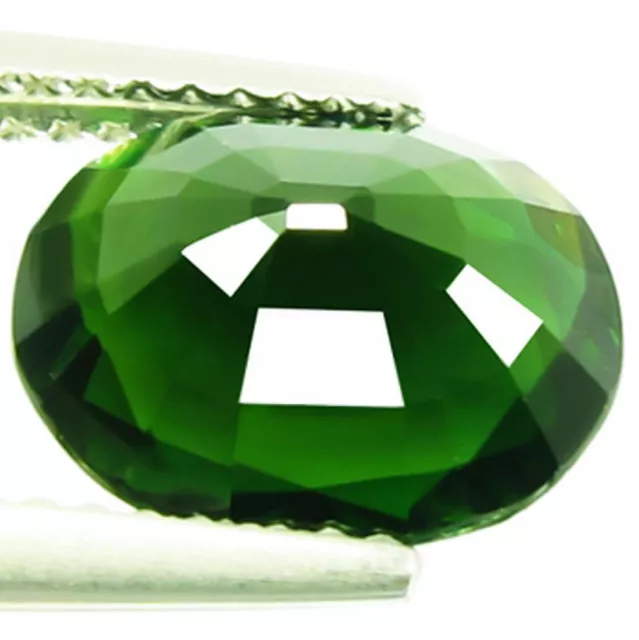2,73 cts tourmaline naturelle coupe ovale éblouissante AAA vert sarcelle IF (Brésil)
2.73 cts Natural Oval-cut Dazzling AAA Teal-Green IF Tourmaline (Brazil)
New without Tags. This gem has never been used/placed/set in a setting. It is utterly undamaged, unmarred and in perfect condition as expected of NWOTags.
I have included a Tourmaline article below for your appreciation and education.
Summary of below: "Tourmaline gemstones can be found in all colours of the rainbow. Owing to its wide range of colour availability, tourmaline is considered to be one of today's most versatile gemstones." ... "Most tourmaline gemstones display two or more colours in a single stone (or two tones of the same colour). Tourmaline crystals that exhibit green on one end and pink to red on the other are marketed as 'watermelon tourmaline'. Tourmaline exhibits strong pleochroism, which means its crystals can exhibit different colours depending on the angle from which they are viewed." ... "Most tourmaline is completely untreated."
Type: Natural Tourmaline (personally confirmed as Genuine Tourmaline by digital refractometer (RI=1.637), dichroscope (dichroic), polariscope (four flashes in rotation; not glass), spectroscope, UV short&long-wave light, measured Specific Gravity=2.90) -- captej2012 Color: AAA Teal-Green Shape: Perfect Oval-cut Dimensions: 10.40mm x 8.60mm x 4.70mm Weight: 2.73 cts Luster: Dazzling Clarity: IF Hardness: 7.0-7.5 rating on the Mohs Scale Treatment: Not Heated, Not Treated (tourmaline is typically not heated nor treated) -- captej2012 Origin: Brazil
We are an eBay eStore enterprise focused on selling mostly Loose Natural Gemstones. Stay here, look around and learn. Via eBay Messaging, ask us questions, make an offer, and otherwise discuss your wishes, concerns and hopes. We pride ourselves as good-spirited folks having fun and doing our best to share the joy of Nature's most beautiful and enduring literal treasure -- Natural Gemstones. Expect to find us cheerful and trustworthy, and we will expect the same of you. For us, Negative FeedBack as a means of coercion is never needed and only degrades everyone's enjoyment in what should otherwise be a fun shopping experience. And finally, please enjoy my work as eBay's First (unofficial) Gemstone Poet. -- captej2012
===========================================================
Tourmaline Gemstone Information About Tourmaline - History and Introduction
Tourmaline is the gemological name for an important group of complex gem-quality boron silicate minerals. Tourmaline gemstones can be found in all colours of the rainbow. Owing to its wide range of colour availability, tourmaline is considered to be one of today's most versatile gemstones. Its name is thought to be derived from the Sinhalese word, "turamali", which means "stone with various colours" in reference to its extreme versatility. Tourmaline was first thought to be used as a gemstone around the 1500s, but distinct mineral species were not actually described until the 1800s. In 1875, George Kunz , an American mineral collector, introduced green tourmaline from the Mount Mica mine in Maine, USA to Tiffany & Co., which sparked an interest in tourmaline and led to its popularity (along with other semi-precious gemstones) on the mainstream jewellery market.
The major tourmaline species include dravite, uvite, schorl, liddicoatite and elbaite. Schorl is the most common variety, making up nearly 95% of all tourmaline deposits, but it is not often desired as a gemstone. Most tourmaline gemstones are varieties of the elbaite family. Since tourmaline consists of a very large group of related gemstones, most tourmaline is traded under very colour-specific varietal names. Some of the more popular trade names include pink-red 'rubellite ', blue-green 'Paraiba', blue 'indicolite' and multicoloured 'watermelon tourmaline '. Lesser-known trade names include colourless 'achroite', green 'verdelite' and 'chrome tourmaline '. Like sapphire, descriptive names such as 'yellow tourmaline' or 'pink tourmaline' are also commonly used to market fancy-coloured tourmaline gemstones.
|
Tourmaline is a boron silicate mineral often containing traces of aluminum, iron, magnesium, sodium, lithium, copper and potassium. Tourmaline crystals form in the trigonal crystal system and can be distinguished by their distinct three-sided triangular prisms. Tourmaline has very distinct gemmological properties which can help identify it from other similar coloured gemstones. Tourmaline has superior hardness (7 to 7.5 on the Mohs scale), poor cleavage and strong pleochroism. Tourmaline is known to exhibit unique pyro-piezoelectric properties, which means crystals can produce and hold an electrical charge when subjected to mechanical stress, pressure or extreme temperature fluctuations, earning it the nickname of the 'electric stone'. When tourmaline crystals are rubbed, friction can cause static and when held over dust or ash, the static can attract particles, which is why it is sometimes referred to as the 'Ceylonese (Sri Lankan) magnet'.
Tourmaline; Origin and Gemstone Sources
Tourmaline is found in pegmatites and alluvial deposits all over the world. Tourmaline is the national gemstone for the United States, where it has been mined for centuries. In fact, up until the early 1900s, the United States was considered the primary source for fine tourmaline. Today, the most significant tourmaline deposits come from Minas Gerais and Bahia, Brazil. Other notable tourmaline sources include Afghanistan, Australia, Burma (Myanmar), India, Italy, (Elba) Madagascar, Malawi, Mozambique, Namibia, Nepal, Nigeria, Pakistan, Russia, Sri Lanka, Switzerland, (Tessin) Tanzania, the United States (California and Maine), Zaire, Zambia and Zimbabwe.
Tanzania is known to produce fine emerald-green chrome dravite tourmaline, and in the late 1990s, a copper-bearing blue Paraiba tourmaline was discovered in Nigeria; shortly thereafter, another deposit of a copper-bearing Paraiba tourmaline was discovered in Mozambique. Both of Africa's Paraiba tourmaline deposits were not as intensely coloured as Brazilian materials. Zambia is known for producing fine red rubellite and yellow canary tourmaline, while Afghanistan is famed for producing fine green verdelite and rare blue indicolite.
Buying Tourmaline and Determining Tourmaline Gemstone ValueTourmaline Colour
Tourmaline can occur in a wide range of colours from colourless to black. Colourless tourmaline is considered to be the rarest, but it is also the least valuable tourmaline . Black tourmaline is actually the most common colour occurrence. Most tourmaline gemstones display two or more colours in a single stone (or two tones of the same colour). Tourmaline crystals that exhibit green on one end and pink to red on the other are marketed as 'watermelon tourmaline'. Tourmaline exhibits strong pleochroism, which means its crystals can exhibit different colours depending on the angle from which they are viewed. Most red, pink and brown to yellow tourmaline is coloured by manganese, while iron and titanium can result in greenish to bluish-black colours. Lithium impurities can result in just about every colour, including blue, green, red, yellow and pink. The rare emerald-green chrome tourmaline is coloured by chromium (and sometimes vanadium). Many pink tourmaline crystals obtain their colour though a natural irradiation process. Cat's eye tourmaline is typically green or pink in colour, although it can also occur in other rarer colours too. The most valuable and rare tourmaline is neon green-blue Paraiba tourmaline, which is coloured by copper. Other valuable colour combinations include purplish-red 'rubellite' and blue 'indicolite '. When buying tourmaline , colour intensity and saturation are the most important factors.
Tourmaline Clarity and Lustre
Tourmaline is typically transparent to translucent. Opaque material is common for cat's eye tourmaline and schorl. According to GIA, most tourmaline is 'Type II' material in regard to clarity, which means tourmaline is often included. The level of inclusions can vary depending on the type of tourmaline, with some colours being more heavily included than others. Green tourmaline is often eye-clean, while blue, red and pink tourmaline , including rubellite, paraiba and watermelon tourmaline, are almost always found with significant inclusions. Rubellite, paraiba and watermelon tourmaline are considered to be Type III clarity gems. Cat's eye tourmaline is usually translucent to opaque and owes its chatoyancy to thin needle-like inclusions. When cut and polished, tourmaline exhibits a vitreous to sometimes slightly resinous lustre.
Tourmaline Cut and Shape
Tourmaline is often cut into long rectangular bar shapes because of its elongated crystal habit. However, tourmaline is also available in various traditional and fancy shapes and a range of cutting styles. Due to the strong pleochroism of tourmaline, lighter coloured tourmaline is typically oriented with the table facet perpendicular to the main axis, in order to display the richest hue. Conversely, darker stones are usually cut with the table parallel to the main axis. Rare cat's eye tourmaline is cut en cabochon to best display the desirable cat's eye chatoyancy. Watermelon tourmaline is often cut into slices to best exhibit its characteristic and attractive colour zoning.
Tourmaline Treatment
Most tourmaline is completely untreated. However, some stones may be heated to improve colour and clarity. Yellow, pink and red varieties of tourmaline may be irradiated to enhance colour, although irradiation is nearly impossible to detect and does not normally affect value. Heavily included rubellite and Paraiba tourmaline may be clarity enhanced.
- Condition: Neuf sans emballage
- Condition: Tourmaline gemstones can be found in all colours of the rainbow. Owing to its wide range of colour availability, tourmaline is considered to be one of today's most versatile gemstones." ... "Most tourmaline gemstones display two or more colours in a single stone (or two tones of the same colour). Tourmaline crystals that exhibit green on one end and pink to red on the other are marketed as 'watermelon tourmaline'. Tourmaline exhibits strong pleochroism, which means its crystals can exhibit different colours depending on the angle from which they are viewed." ... "Most tourmaline is completely untreated.
- Transparency: IF
- Shape: Perfect Oval
- Total Carat Weight (TCW): 2.73 cts
- Variety/Type: Green
- Length: 10.40mm
- Country/Region of Manufacture: Brazil
- Width: 8.60mm
- Depth: 4.70mm
- Treatment: Not Heated, Not Treated, Not Enhanced
- Country of Origin: Brazil
- Natural/Lab-Created: Natural
- Color: AAA Teal-Green
PicClick Insights - 2,73 cts tourmaline naturelle coupe ovale éblouissante AAA vert sarcelle IF (Brésil) PicClick Exclusif
- Popularité - 1 personne suit la vente, 0.0 de nouvelles personnes suivent la vente par jour, 1.830 days for sale on eBay. Nombre normal suivi. 0 vendu, 1 disponible.
- Meilleur Prix -
- Vendeur - 874+ articles vendu. 0% évaluations négative. Grand vendeur avec la très bonne rétroaction positive et plus de 50 cotes.
Les Gens ont Aussi Aimé PicClick Exclusif
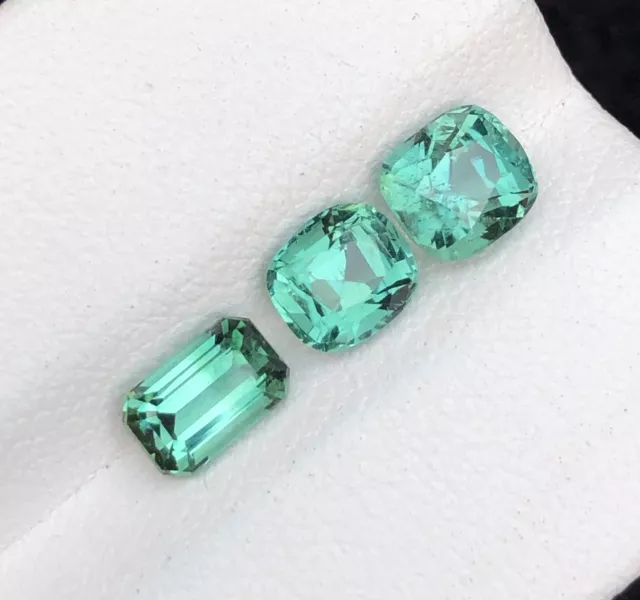
2.73 cts Natural Cut Cushion shape Tourmaline Loose Gemstone From Afghanistan
EUR 282,30 Achat immédiat 19d 9h
1.30 ct Natural Dazzling Oval-cut AAA Chrome Green IF Tourmaline (Brazil)
EUR 145,67 Achat immédiat 14d 4h
2.73 Cts Natural Pink Tourmaline Cushion Cut Loose Gemstone For Jewel
EUR 564,60 Achat immédiat 5d 23h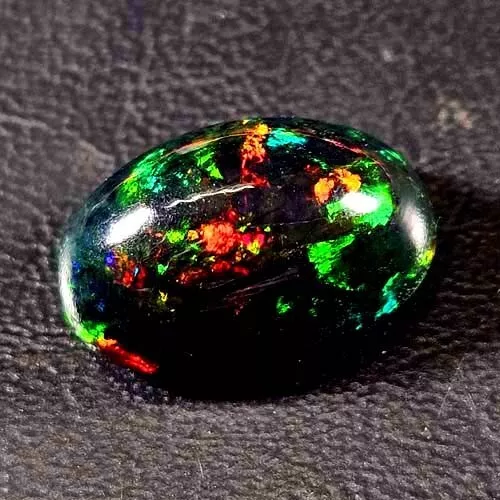
Natural Aaa Vvs Dazzling Color Play Oval Cabochon Ethiopian Black Opal 2.20 Cts
EUR 4,70 1 Enchères 3d 16h
1.22 ct Natural Dazzling Oval-cut AAA Chrome Green IF Tourmaline (Brazil)
EUR 135,50 Achat immédiat 14d 4h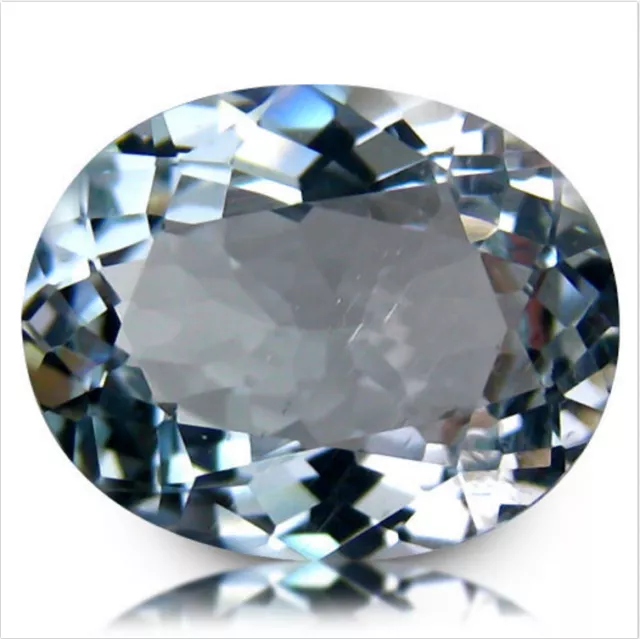 1 personne suit la vente
1 personne suit la vente3.83 cts Natural Oval-cut Blue IF Aquamarine (Brazil)
EUR 479,91 Achat immédiat ou Offre directe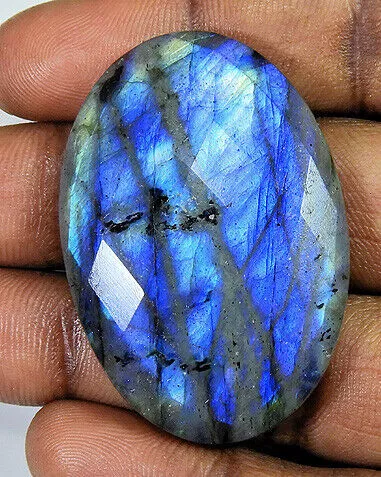
90Cts.Natural Labradorite Multi Checker Cut Oval Cabochon Loose Gemstone
EUR 11,81 Achat immédiat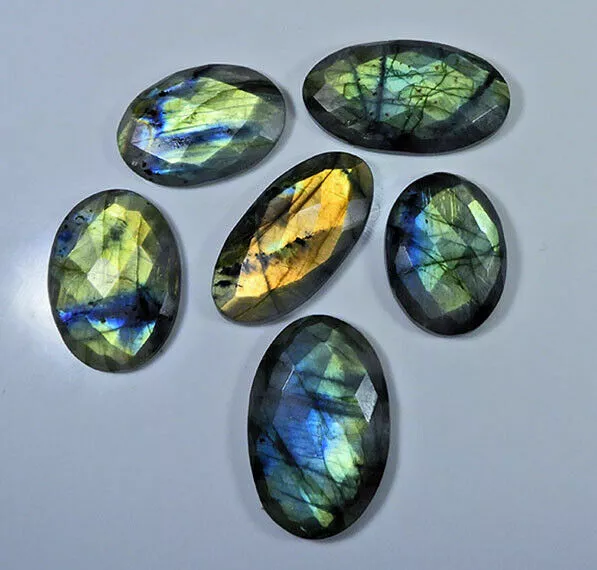
356Cts.Natural Labradorite Checker Cut Oval Cabochon Loose Gemstone 6Pcs Lot
EUR 26,33 Achat immédiat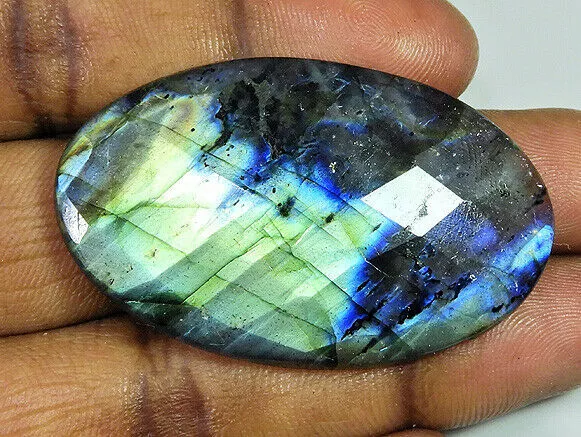
83Cts.Natural Labradorite Multi Checker Cut Oval Cabochon Loose Gemstone
EUR 11,81 Achat immédiat

